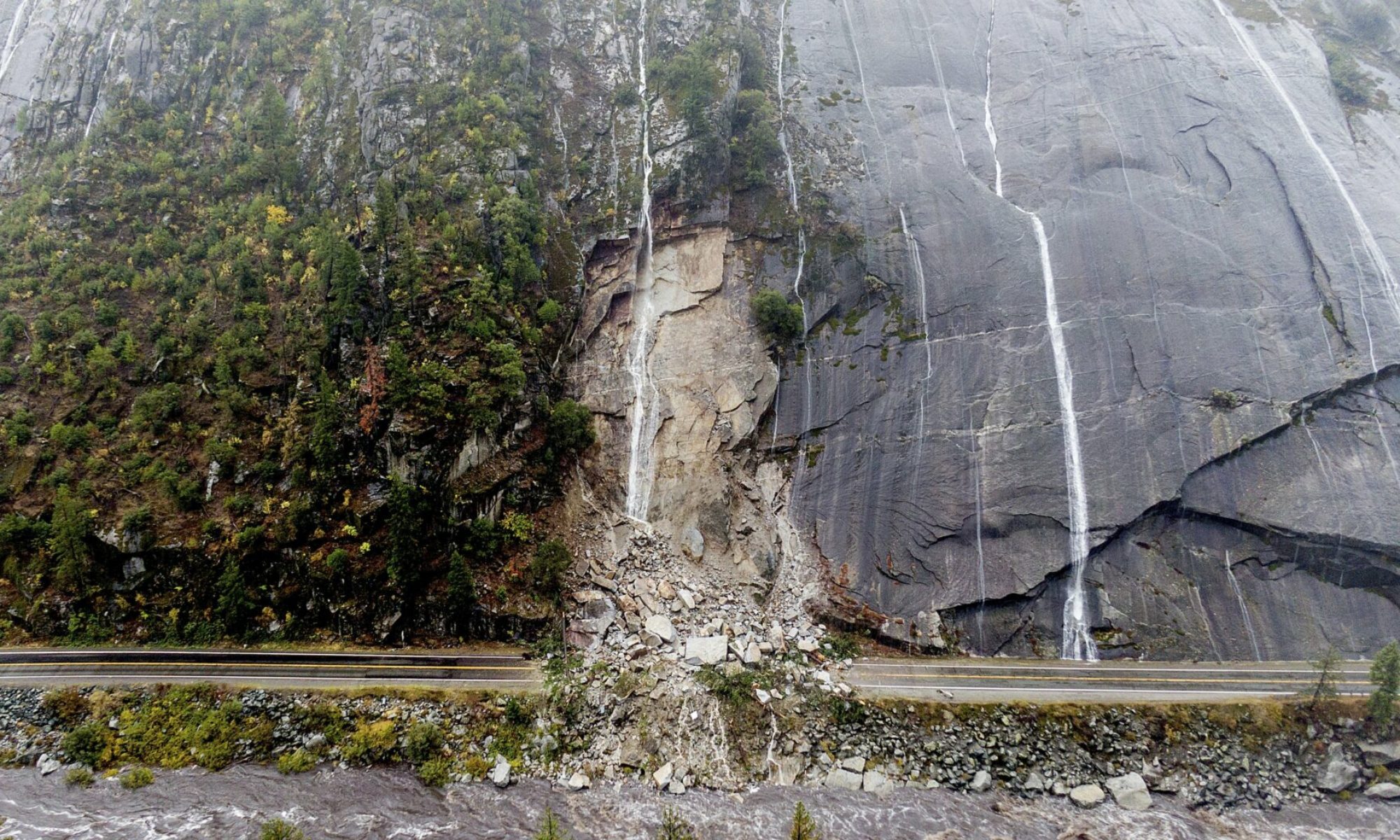While the GIS tool presented in this blog can facilitate the assessment of a site’s susceptibility to mass movement, it alone cannot provide a complete appreciation of the various factors and characteristics of site involved in triggering these hazards. We recommend that this tool be used as a preliminary step in a holistic approach to site analysis, which should include site visits.
The benefits of site immersion for the quality of design interventions are well documented. However, in the case of mass movement prevention and mitigation, it can be difficult for the designer without the necessary technical qualifications to properly identify certain aspects related to site stability.
Below, we propose two (2) site questionnaires that complement the GIS tool provided in this blog. Both forms are similar in content; the first is to be completed prior to the site visit, and the second is to be completed during the visit. Their purpose is to provide the designer with a set of intuitive and easily measured criteria to better understand the physical factors influencing mass movement, in the most multi-sensory way possible.
The forms were adapted from A Guide for Management of Landslide-Prone Terrain in the Pacific Northwest (by Chatwin et al., 1994), a document published by the Ministry of Forest of British Columbia, providing an updated and simplified version that is specifically created for landscape architects.
They are divided into five (5) assessment groups according to their degree of influence on the susceptibility of a site to mass movement: (1) landform, (2) overburden, (3) geological processes, (4) hydrological characteristics, and (5) vegetation.
Although the content of the forms was partly developed based on the standards of the Canadian System of Soil Classification (3rd edition) and using the British Columbia Soil Information Finder Tool (SIFT), they were designed so that the criteria are adaptable regardless of the user’s geographic location.
Finally, in order to explain the basic theory required to complete the forms, a “companion document” is also provided. It has been developed to provide a quick and easy understanding of some basic concepts related to mass movement susceptibility that are not covered in this blog. The references contained in this document will also allow the reader to deepen their knowledge in this field of professional intervention.
We invite the reader to communicate any questions, missing or erroneous information, or general comments to the blog administrator using the form provided in the “Contact” section.
